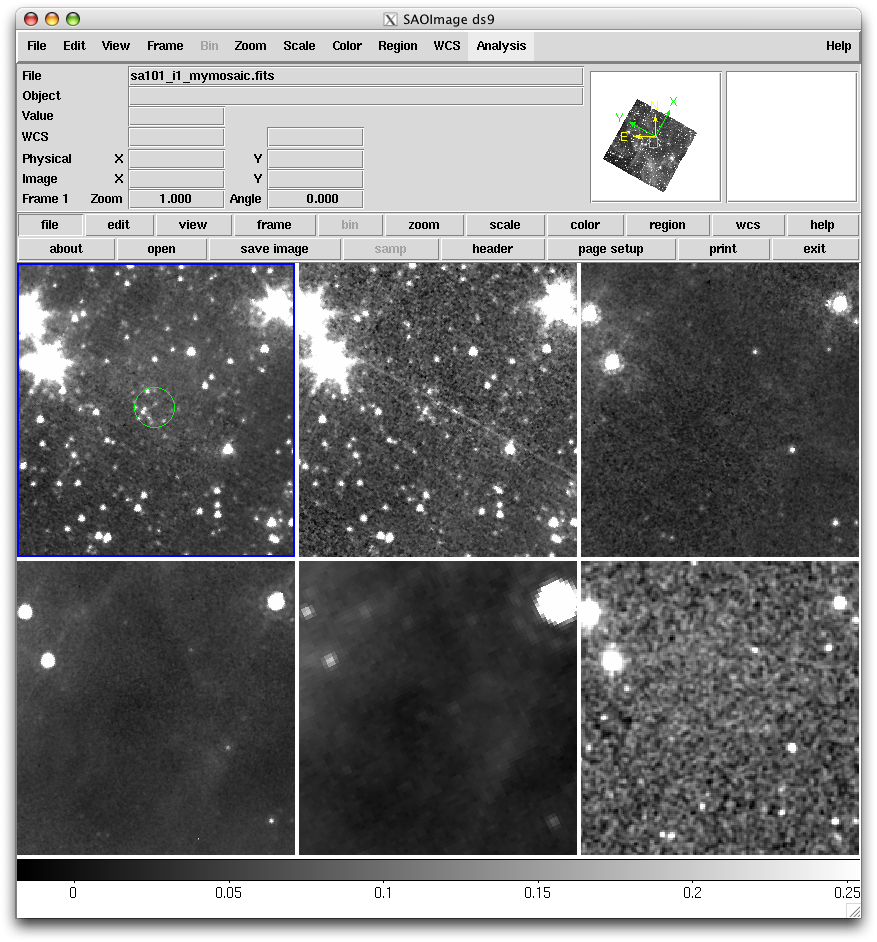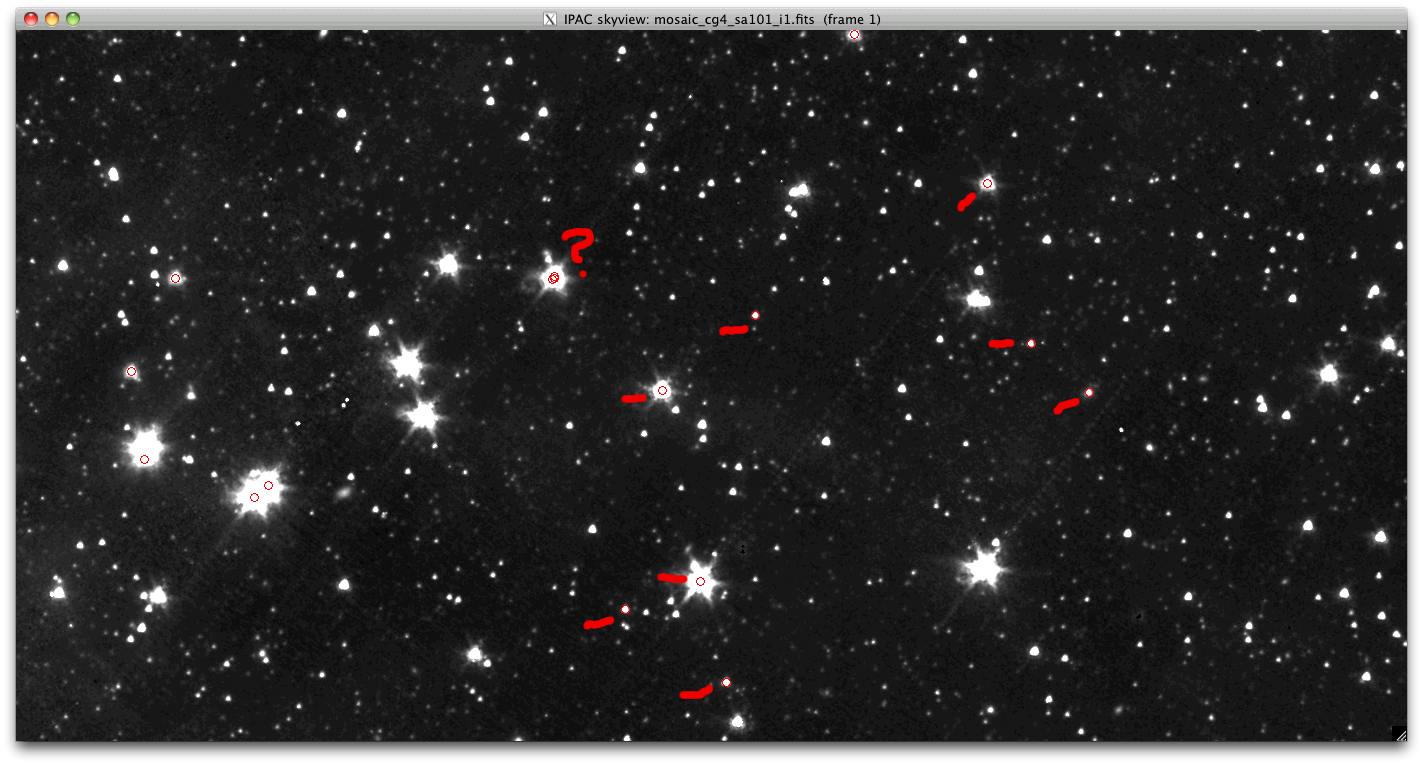Task answer notes from luisa
Task 0
I really hoped that I had successfully reached everyone with some content in June, or at least that people would have time to go back and go through it all again. In June, my last words to you all were to go home, find a quiet few hours, and go through the wiki again with your notes. I knew we'd gone through a lot, very fast, but I also knew that you all had been doing things right (=correctly, confidently, independently) while you were here, and that it was going to take some review with the materials on the wiki to get it all straight. But it seems that I didn't successfully reach everyone, and apparently no one had time to go through it again. I will try to make sure next year's teams come later than June so that the visit is closer to getting tasks done and farther from vacations...
If you are really feeling terribly underwater here, really, please, sit down with the Working with CG4+SA101 page. I promise, there are TONS more words and instructions and step-through-it exercises there. When I say I am proceeding as if you are familiar with the stuff from before, I really do mean it... If absolutely the only thing you get out of this is successfully actually learning just one or two of the tasks from the summer and never getting into this, then that's fine, it's still more than you knew a year ago.
Task 1
TASK: spot-check some of my photometry
Still needs some spot checks. Have only heard from Russ that maybe one is wrong. Have not put in the time to resolve this one.
NB: SPOT CHECKS does not mean DO EVERY SINGLE ONE. It means do enough to assure yourself that (a) you know how to do it, and (b) that I did it right in at least a few cases. HOWEVER, having said that, in another few steps, you'll need to investigate each one separately in as many images as possible, so it is probably worth LOCATING the objects in a few different Spitzer frames, even if you don't do the PHOTOMETRY. Are they all point sources?
Updates from Luisa, Fri Dec 17 15:28:53 PST 2010. The way that I would go about this task is inexorably intertwined with investigating the images at each band, which was technically task 4. I am pretty sure that my photometry is ok for most of the sources. For the source that got corrected midstream (the one previously-known YSO with the corrected coords) for some reason does not have a measured MIPS flux in my photometry. This is weird, and something that I ultimately want to track down.
Task 2
TASK: look at the short lists of YSO candidates.
FAQ: wondering which files to use? *ysocand.tbl.
which are duplicates? there are several that are rediscovered between the tiles. i'll leave it to you to identify the specific ones. from the entire catalogs, there are more than 1000 objects in common between the frames.
are there any that should have been rediscovered but were not? no, that is -- if it was in both tiles, then it was identified as a YSO in both independent detections.
Task 3
TASK: did we rediscover any of the [previously-identified YSOs]?
yes, yes we did. i get 5, or possibly 6; see next item.
are there any in the maps that we did not rediscover? yes, possibly 1.
why did we not rediscover them? (e.g., do they not have any IR excess? if not, why were they identified as young before? can you think of a reason for this discrepancy, if it exists?) I HAVE NOT COMPLETED THIS TASK but i can tell you that some strongly contributing reasons we did not recover one of them is because (a) it requires a larger than "usual" coordinate shift to match it to one of the catalog items (is that a true match? are there other sources in that region it could match to?); (b) for the closest match, we only have 2 irac bands in the catalog, which means that the gutermuth method could never have recovered it. (why do we have only 2 bands? is it on the edge? it it saturated? i don't know; i am leaving this to you.)
UPDATE 23 NOV copy from email.
Mark is working on making SEDs, and had a question re: the source matching with the previously identified objects:
mark says: I was able to match up 5 previous identified Reipurth & Pettersson sources, but there's a final sixth that I'm having trouble matching (see below). Any ideas?
- CG-Halpha 4? 073121.8-465943 112.84104 -46.995456
- CG-Halpha 4? 073121.8-465744 112.84107 -46.96228
- CG-Halpha 4? 073121.9-465746 112.841607 -46.962904
hm. certainly when I did this before, there was one source where I wasn't sure if I found the right match or not; it required a relatively large shift to find the match. ok, here is what i get for the matching.
- cg-halpha 1 -- 667" from anything. no match.
- 2 -- 1.45" from 073057.5-465611
- 3 -- 1.23" from 073110.8-470032
- 4 -- 1.66" from 073121.8-465943
- 5 -- 0.89" from 073136.6-470013
- 6 -- 0.82" from 073137.4-470021
- 7 -- 1.10" from 073326.8-464842
- 8 -- >10,000 arcsec from anything, no match
- PHalpha 92 -- >58,000 arcsec from anything, no match
Now, remember, this is a blind matching, which the computer is doing without my intervention. 1.66" is pretty far, compared to the other coordinates in the list (it's the largest one of all the matches). BUT, the next closest thing is 6.2" away, much further than the rest.
So, let's go look at the images. I asked IRSA's finder chart service (http://irsa.ipac.caltech.edu/applications/FinderChart/ -- linked from the fall work page also) to give me DSS and 2MASS images at this location: 112.84133 -46.995872 and in the DSS images as well as the 2MASS images, there's nothing really very bright at this location, which already makes me suspicious -- the prior optical surveys were very shallow, so they should have only found the bright sources. The fact that there is no bright source here is worriesome.
Here is a screenshot of what I get when I look at the IRAC1234+MIPS1 image of this region, and the last pane is 2MASS J (I think) for comparison. The green circle in the first panel is centered on the position for CG4-Halpha 4; the other panes are aligned to cover the same area, in the same orientation. The objects at the location given for CG4-Halpha 4 are faint even in 3.6 um! And really nothing is there at all in irac-3 or 4. It MIGHT be there in mips1, but wow that's a stretch. And it's definitely not there in 2MASS.
SO, my conclusion is that we don't know exactly what object Reipurth and Petersson were really looking at when they recorded CG4-Halpha 4. It could have been that one of these faint guys really was whoppingly bright at the time that they observed it -- after all, young stars do vary with time. BUT whatever it was is either not really at this location (e.g., they screwed up the coordinates), or perhaps there was an error in transcription.
I went back to the Reipurth and Pettersson paper, and it reports in 1950 coordinates: 7:29:54.1, -46:51:19 when i convert this to J2000, I get 7:31:21.95, -46:57:45.1 note that this is -46:57:45, not -46:59:45. That's an easy error to make, especially if transcribing something handwritten!
With that new position, the closest match is 0.71" away from 073121.8-465745. At this location in the images, there's something whoppingly bright at the Spitzer bands, and it's seen at MIPS-24 too, though for some reason this object is missing a flux at 24 um in our catalog. The object apears to be saturated or somehow other compromised at 8um, so there's no flux there either. I can see it in the 2MASS images, though it is missing a 2MASS flux in our catalog as well -- perhaps it is saturated.
OK, so the implications of this are: (1) we need to update (correct) the list of previously known sources in at least 2 places on the wiki, and in all of your own notes and spreadsheets. (2) someone needs to go manually measure the flux densities for him at least at 24um. (2a -- i need to track down why there is no mips-24 flux (and for that matter, JHK and 8um) for this object in my catalog) (3) the current best ysocandidate list DOES NOT ALREADY HAVE this guy included -- it's in the master catalog, but it didn't have a 24 um flux there either. The previous ysocandidate list does have 073121.8-465943, which I had manually added on the basis of the fact that it appeared (blindly) to match the position for the previously known object. HOWEVER, now we know that this is erroneously included due to this position error, and it should be dropped from our list of YSOs. (4) Now we know the answer to the question I posed in the Fall Work page for task3 -- did we recover all of the previously known objects in our fields? no. Are there any we did not recover? yes, one, because of missing fluxes.
Task 4
TASK: for each of the YSO candidates, [investigate them at other bands]
i guarantee you that at least 3 of the YSOs should be dropped because they are not really stars. not telling you which ones! you go figure this out ...
Update from Luisa Fri Dec 17 15:33:39 PST 2010: I went through each of the Spitzer bands that we have, looking at each of the YSO candidates. Here are my notes.
Task 5
TASK: for the new YSO candidates[...]go get the optical
OK, so this was WAY WAY WAY harder than I thought it would have been. there were TONS of duplicates within the optical catalog, as well as objects with no photometry at all. I did this merging and will email around a merged catalog.
Task 6
TASK: [...] make some color-mag and color-color diagrams
I still think you can do this one. look at the IC2118 paper for specific examples and ideas.
Task 7
TASK: [...] make SEDs
I still think you can do this one. I sent around examples before, and will send around new examples with the optical included. you need the wavelengths and zeropoints of the optical bands, which I will provide.
Task 8
TASK: [...] SED slopes
Let's wait and see if you get to task 7 before I just go ahead and do this one.
Task 9
TASK: [...] 3-color images with sources indicated
hint: use region files and ds9.

